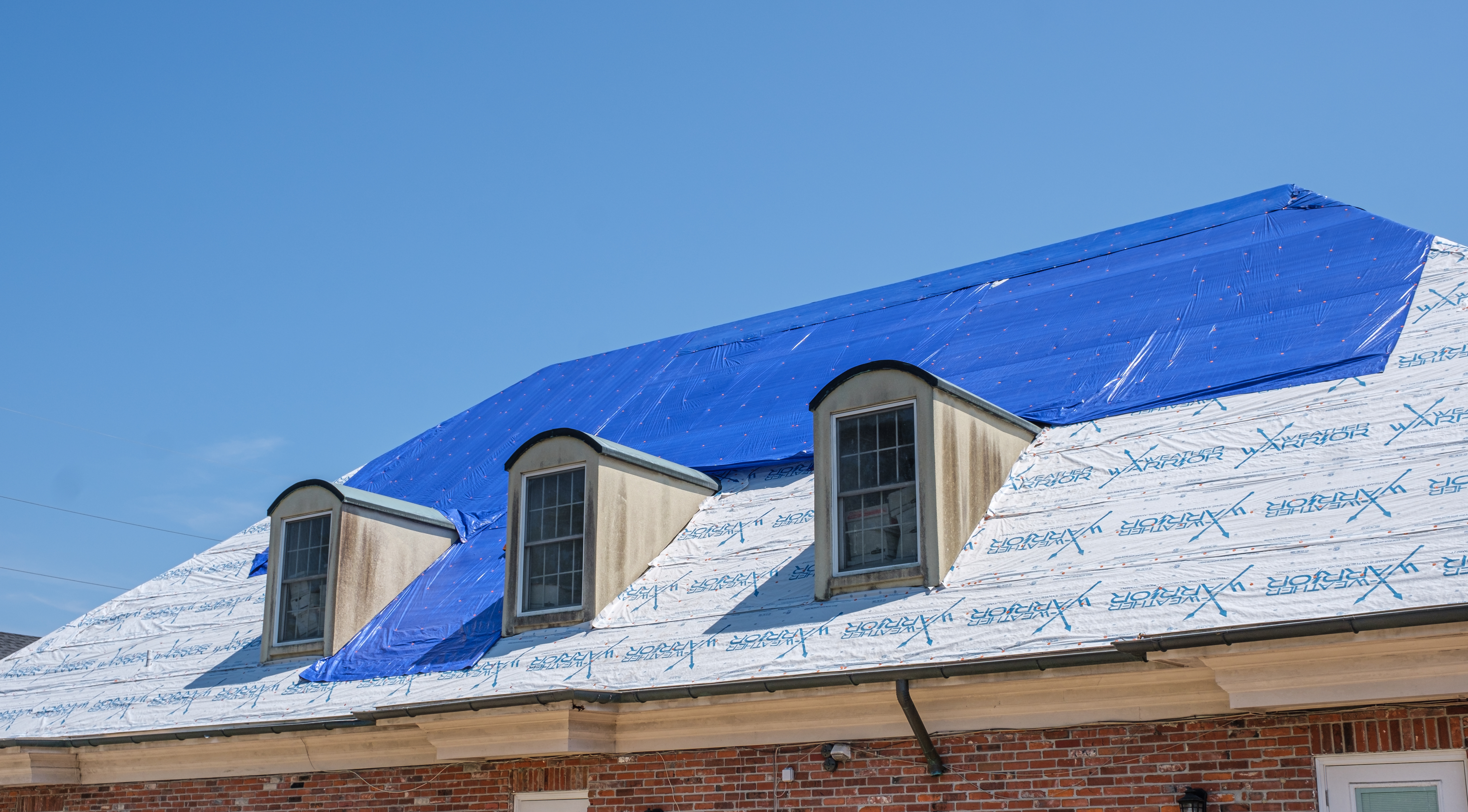With the Appropriation of $28.6B in Disaster Aid, Civix Provides Timeline for Managing Federal Funds
Disaster Recovery Experts Outline Steps for Maximizing Impact
NEW ORLEANS, LA – Last week, Congress approved $28.6 billion in disaster relief for communities affected by declared disasters in 2020 and 2021, including dozens of hurricanes, wildfires, floods, and droughts across the country. To help speed up recovery and leverage federal funding for greater impact, Civix experts developed an action timeline to guide state and local governments on what to do during three critical 30-day periods and beyond.
“How states and local governments prepare for and manage the federal funds they receive has significant implications on how quickly communities recover,” said Civix Vice President Ted Guillot. “Taking the right steps from the beginning and using lessons learned from previous disasters communities can leverage federal funding allowing communities to come back stronger and mitigate against future disasters.”
The Federal package includes $5 billion in Community Development Block Grant funding for disaster recovery (CDBG-DR) through the Department of Housing and Urban Development (HUD) for unmet needs related to housing, infrastructure, economic revitalization, and mitigation. It also includes $5.6 billion for the U.S. Army Corps of Engineers to improve flood protection, coastal protection and restoration, and navigable waterways.
“Disaster recovery is complex. A lot must happen in a short timeframe, it must be sequenced correctly, and importantly, it must all fit together as part of a bigger vision,” said Guillot. “That bigger vision is the starting point, and grantees should work backwards from there to incorporate the right tools, technologies, processes, and workflow compliance protocols. This Disaster Recovery Timeline reflects that philosophy, and we hope it aids state and local governments in their service to disaster affected communities,” he said.
Civix routinely shares expert insights and tools, including recent information on how state and local governments can prepare for the disaster recovery allocations.
Civix has demonstrated experience supporting state and local governments recover from some of the largest disasters in recent history. Our team is a trusted technical assistance provider for HUD, assisting both new grantees and communities that have received disaster recovery funding before to create disaster recovery programs that comply with federal requirements and meet local recovery goals.
Disaster Recovery Timeline
0 – 30 days
- Initial evaluation of impacts, including housing, infrastructure, and economic losses
- Initial assessment of recovery costs and review of unmet needs
- Engage key officials (local, state, and federal) and communicate outcomes of initial assessment of impacts and unmet needs
30 – 60 days
- Refine assessments of impacts and unmet recovery needs (accounting for initial recovery funds from FEMA, SBA, private insurance, and other sources)
- Initiate long-term recovery planning efforts, including defining general and specific recovery goals
- Analyze data on impacts and unmet needs to determine where gaps exist
- Engage community members, business leaders, non-profit organizations, elected officials, and others to gather and share information on impacts and unmet needs
60 – 90 days
- Continue long-term recovery planning efforts
- Build out assessment of impacts and unmet needs to include demographic analysis, focusing on impacts to vulnerable populations and protected classes
- Continue outreach and engagement, data collection, and communications efforts
- Define resilience and mitigation needs in alignment with long-term recovery objectives
- Identify initial programming and, where appropriate, specific projects
- Determine method(s) for distributing funding to impacted individuals, communities, business owners, and other recipients
- Assess organizational readiness and administrative infrastructure in anticipation of managing recovery funding and programs
90+ days
- Complete long-term recovery planning efforts
- Refine analysis on impacts and unmet needs related to housing, infrastructure, and the economy to include planning and public services
- Communicate complete analysis of impacts and unmet needs
- Begin to design recovery programs in line with outcomes of planning, data analysis, and engagement efforts
- Begin to Build out organizational infrastructure in line with programming and method of distribution decisions, including internal resources and external support

